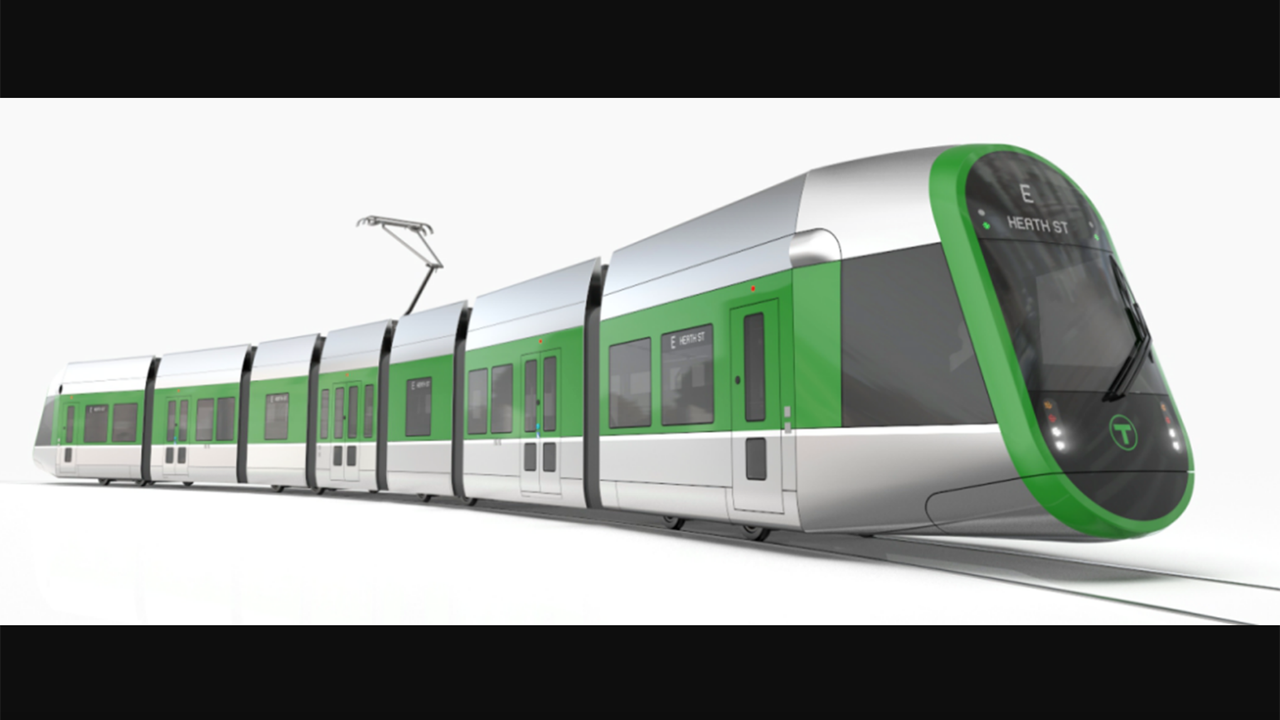Having a hard time putting to words how hopeless this makes me feel. People in this community (myself included) have been beating the drum on the need for more TOD, road diets, ect… while snickering at the outdated notions of the parking minimum crowd.
With service this bad on a brand new line, how could I refute someone who believes mode shift away from SOVs is a quality of life reduction? How could l ask for less parking at all the new TOD since “everyone would take the T”, when with service this bad anyone who could afford to live there would opt to drive/ uber instead? How can l advocate to spend billions of dollars on the NSRL, when the sadly correct perception of new transit is 20 minute headways, then traveling at walking pace once the train eventually shows up?
As sad as it is to admit, all those straw men are 100% correct right now, l at least have egg on my face, and the trend is NOT looking up.
In 100 years when I-93 has been made redundant by flying cars or whatever, 70% odds people could look down from where the upper deck used to be and still find the Orange Line trundling along at 4 MPH through that cursed Sullivan slowzone.


